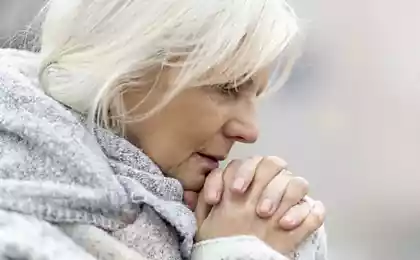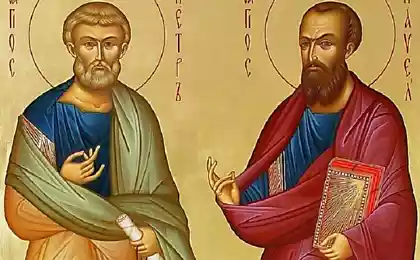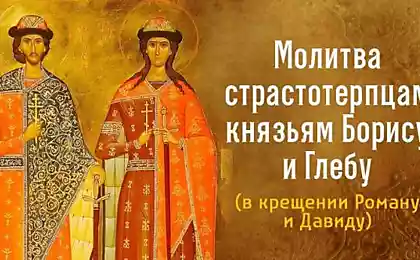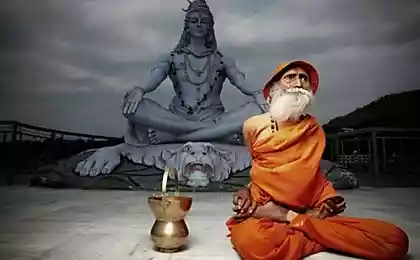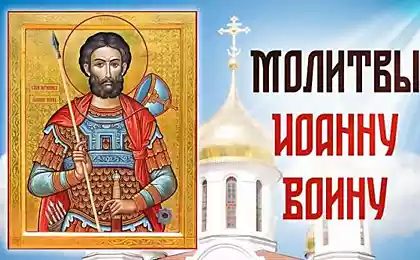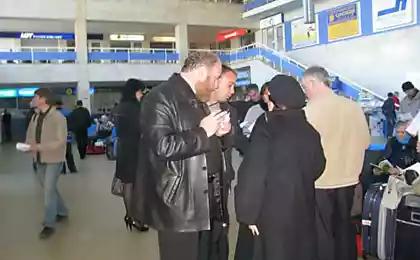277
Worship of the holy relics
The worship of holy relics has a long tradition in Christianity. And quite often it is subjected to well-deserved criticism from zealots of purity of faith, who see in this relapses of paganism. Where did this tradition come from and how did it evolve?
The first Christians venerated various holy relics – the parts of the cross on which Jesus was crucified, the nails with which he was pinned to this cross, the shroud in which he was wrapped, and so on. By the late Middle Ages, the list of relics included items related to both Christ and his inner circle.
Sometimes the relics were of strange properties - the milk of the Virgin, the tears of the Virgin and Jesus, a candle from the manger where Jesus was born. And some were fantastic: the last breath of Jesus sealed in the casket and even the finger of the Holy Spirit! But the most popular were the remains of saints. . .
Jesus cast out demons, healed the sick, and even raised the dead. Some of the apostles, loyal to their teacher, did exactly the same. Judging by the ancient texts, crowds accompanied Jesus, and then his disciples and followers, in the hope of finding a miracle of healing.
The blind saw their eyes, the paralytics stood on their feet, the lepers in the blink of an eye were overgrown with pure skin. Of course, in the minds of early Christians, the assumption appeared: if a living apostle is able to heal and heal, then he can heal after death. And to the places that were recognized as the graves of the apostles, pilgrims reached.
They put their lips on the holy tombs, fell on them with their whole body, and some were healed. Their faith was so strong! In 325, the Council of Nicaea recognized the relics of fighters for the faith as saints. The further north the new religion went, the more difficult it was to find tombs with miraculous properties. The time of the apostles is over.
The time of martyrs for faith began. And it turned out that a well-suffered martyr works miracles no worse than the disciples of Jesus. There were many martyrs for the faith. After all, Christians did not stop dying at the hands of pagans even after the new religion received official status in the Roman Empire. So the western and eastern churches gradually acquired a host of saints and martyrs.
Every Christian city wanted a holy tomb. John Chrysostom wrote: “The bodies of the saints protect the city better than any stronghold, and, like the high rocks visible from everywhere, not only repel the attacks of visible enemies, but all the intrigues and slanders of demons destroy as easily as a strong man destroys the amusements of children. Truly all the human means used to guard the inhabitants, such as walls, ditches, weapons, war, etc., the enemy can overcome by other, even stronger means. But if the city is protected by the bodies of the saints, no matter how much the enemies may contrive, they cannot counter them with anything equivalent.
Cities began, of course, to acquire protection that is more reliable than a knight's army or an experienced doctor.
Christians despised the barbarians who burned the bodies of their dead at the stake. They believed that bodies after death should be preserved for subsequent resurrection at the Last Judgment. Which means you can't burn them. They should be brought closer to the grave of a martyr or a righteous person who will take care of the deceased and in the next world.
Where can I find such a place? Of course, in a Christian temple. It was in the church that they tried to bury the martyr who patronized the city. And ordinary Christians, in order to better arrange the relative, buried him right in the church. When the place ran out, it was around the temple.
How well a dead man would be in the next world could tell the state of his body. If soon after death it dries up and turns into a mummy - it's good if it swells up and begins to exude a stench - bad. It is best if the body quickly becomes a flesh-cleaned skeleton. Parisians, for example, dragged the dead to the cemetery of the Innocents, buried closer to the graves of the righteous, and the cemetery worms regularly carried out their service.
After a couple of weeks, the peeled backbone was seized to give temporary shelter to the new dead man. The queue of those who wanted to rest properly was huge. But in those cities where the worms worked worse, they only hoped for burial in the church.
The Holy Fathers were well aware that it is unlikely that feasting on foul-smelling graves and many hours of service in a temple soaked in miasmas will benefit believers. Several emperors and church hierarchs even banned the worship of bones.
True, they based the ban on contradiction with the teachings of Christ, and not on the rules of hygiene. But anyway, the bans slightly improved the urban microclimate. Temples are no longer places of burial.
Now only exceptional people – martyrs, heroes or religious figures – could rest there. And the saints and martyrs, to whose bodies the faithful sought to fall, now lay in crayons or in caskets of smaller size, if their skeleton was incomplete. This happened often in the Middle Ages. Christian communities carefully shared city talismans.
The thought of believers is well voiced by the same John Chrysostom: “Holy relics are inexhaustible treasures, and are incomparably higher than earthly treasures precisely because these are divided into many parts and decrease through division; and those from division into parts not only do not decrease, but still more manifest their wealth: such is the property of spiritual things, that through distribution they increase and multiply.” Simply put, the protective power of the holy relics does not decrease during dismemberment.
Soon all Christian cities had their holy relics. Throughout Europe and Asia Minor, the heads, bodies, hands, feet, and fingers of saints and martyrs were kept in churches. However, if you count the number of hands, legs, heads belonging to the saints, we get a strange picture.
The Apostle Andrew was buried in five different places, his head was kept in six temples, and the hands of the Apostle in seventeen! Popular among the people, John the Baptist, whose fate according to the biblical text was known to everyone (head cut off, body burned and ashes scattered), received ten graves. Nine churches were famous for a priceless relic – the head of John, miraculously survived.
The body of St. Stephen rested in four graves, and eight of his heads in eight churches. St. Jerome shared with the faithful two bodies, four heads and sixty-three fingers! The body of Saint Peter rested in sixteen places. But the palm of primacy in the number of bodies and heads was held by the martyr Juliana - twenty bodies and twenty-six heads.
In our sceptical times, such a number of body parts is suggestive. In the Middle Ages, they lived according to the views of Chrysostom: holy relics are multiplied through separation. The holy relics multiplied and multiplied. Until finally, this multiplication forced the conservative church to react. The Vatican began to fight counterfeits and overthrow medieval shrines. The first to fall under the fire of theology was Saint Rosalia of Palermo. Her relics were... the bones of a goat.
In the 60s of the last century, the Vatican took seriously the check of relics. The remains of many saints, alas!, were recognized as simple bones, albeit in gold or silver caskets. And under these “sanctions” were such revered persons as St. George, St. Brigitte and St. Nicholas!
Some Catholics were outraged by the Vatican’s decision. And they continue to worship the relics in the bones. Moreover, the relics of many, such as the Guadalupe Virgin of distant Mexico, despite the prohibitions and exhortations of the Holy Fathers, continue to work miracles.
The worship of relics also exists in Buddhism. It comes from the burial ceremony of Buddha Gautama. His body was wrapped in 500 layers of cotton cloth and placed in an iron coffin filled with oil. Then the coffin was closed with two metal lids and placed on a funeral pyre made of precious tree species. After the cremation, the fire was filled with milk, and the bones were carefully collected, divided into eight parts and folded into urns. The urns were buried, and burial stupas were placed above them.
Now the rite of cremation is subjected to the bodies of the highest hierarchs of Buddhism and those who have reached enlightenment. Sometimes in the bonfires after this mysterious relics are found, which Buddhists call "ring-sal".
Mikhail ROMASHKO
source:nlo-mir.ru
Source: /users/1077






